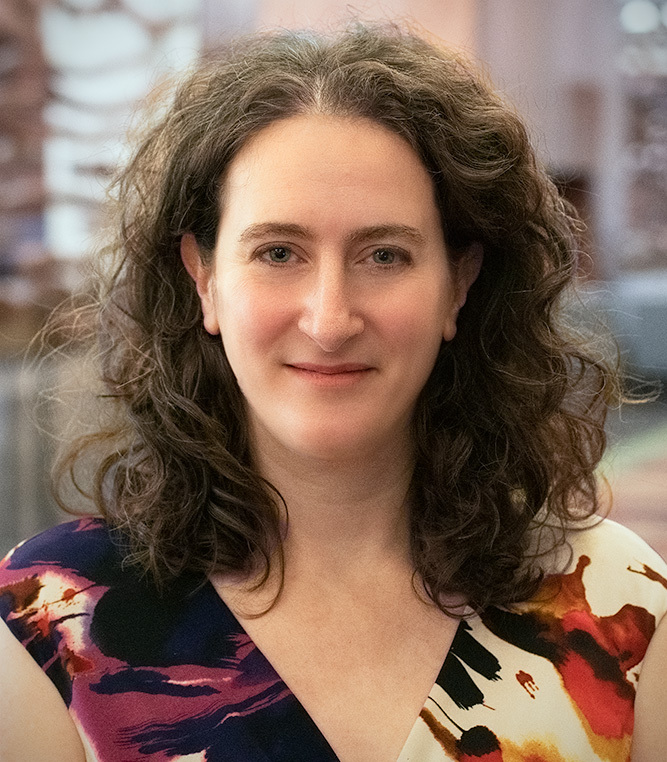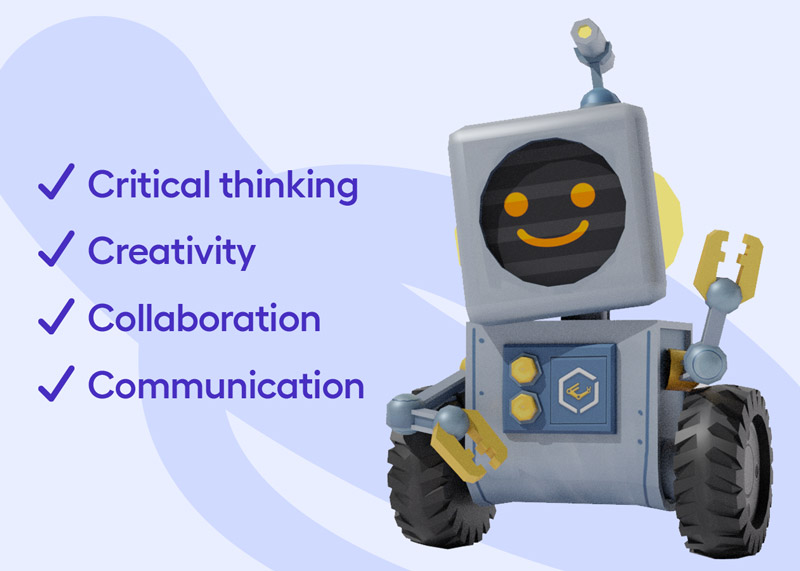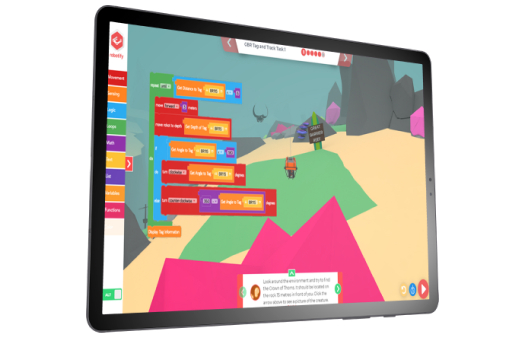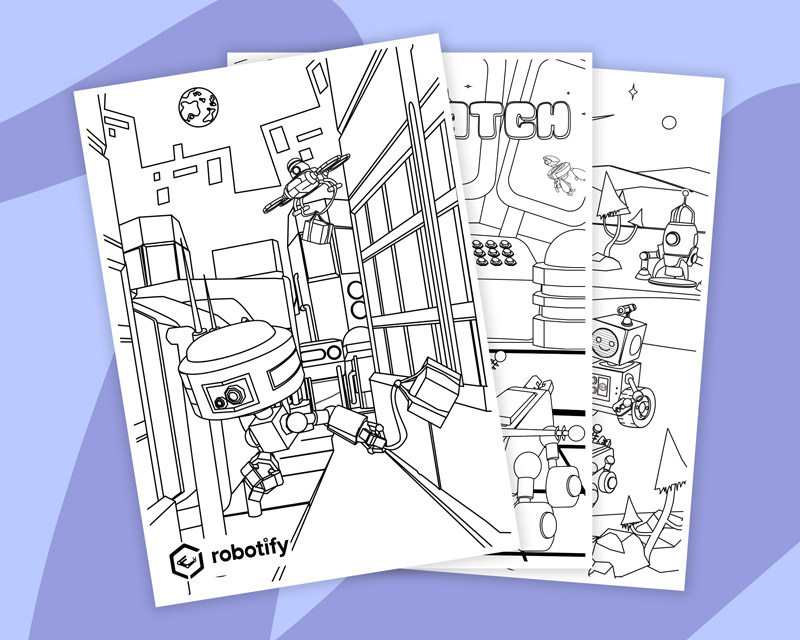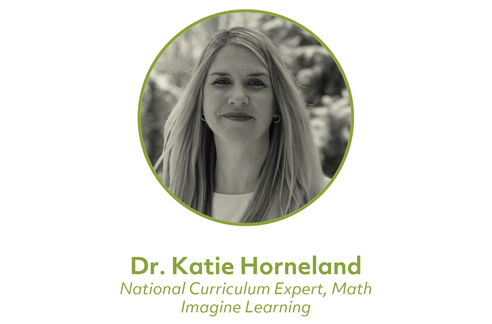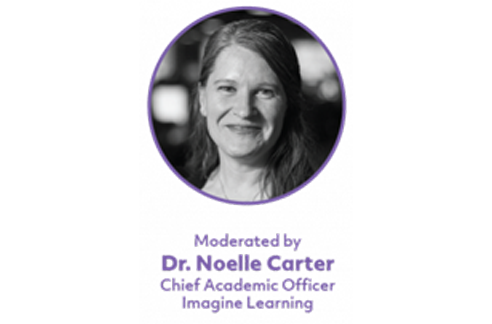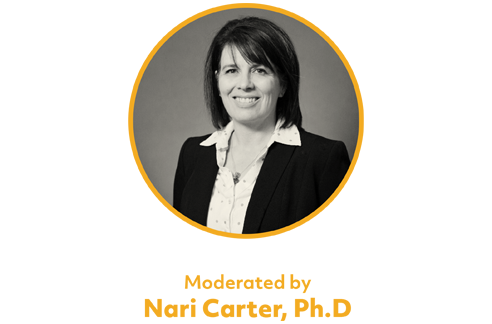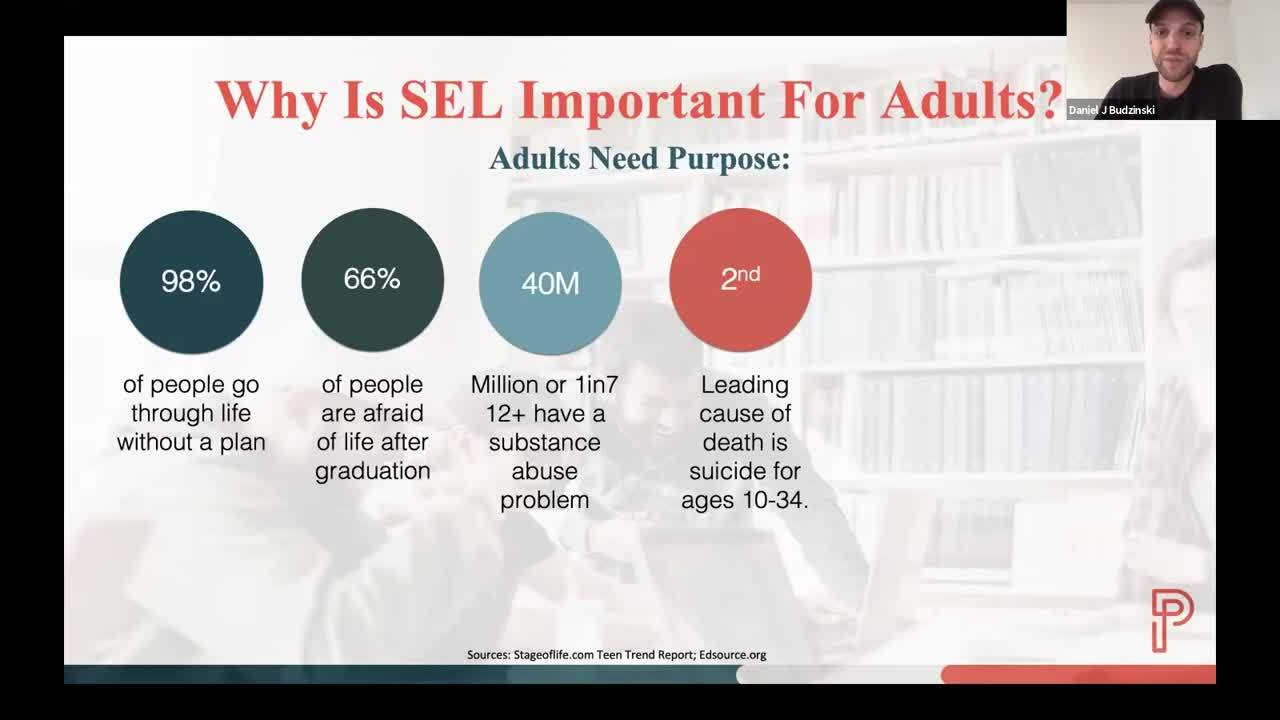February 9, 2023 7:00 am
Imagine Learning Announces Major New Special Education Initiative
Acquires Winsor Learning, Recognized Industry Leader in the Science of Reading
Launches Imagine Ascend™ to Deliver Innovative Solutions for Millions of Students with Disabilities
Scottsdale, AZ – February 9, 2023 – Imagine Learning, the largest provider of digital curriculum solutions in the United States serving 15 million students in more than half the districts nationwide, today announced a major new initiative to address the urgent learning needs of more than seven million students with disabilities across the U.S.
As part of the initiative, Imagine Learning has acquired Winsor Learning, a nationally recognized leader in intervention and supplemental literacy products that focus on teaching foundational reading skills grounded in the science of reading. The Winsor Learning leadership team is joining Imagine Learning. Terms were not disclosed.
Founded in 1997, Winsor offers a portfolio of products and services focused on literacy intervention for dyslexic and at-risk students using the Orton-Gillingham approach, as well as a supplemental whole-class literacy curriculum for grades K-5. Winsor’s innovative Sonday System® is a comprehensive line of structured literacy materials that enable multi-sensory reading instruction for Pre-K–12 students and is available to approximately 4,000 school districts in all 50 states.
Imagine Learning is also launching Imagine Ascend™, a new comprehensive solution for special education students that combines digital courseware with highly qualified virtual instructors. Imagine Ascend provides districts with a sustainable solution for staffing shortages and a scalable approach to increasing graduation rates, both critical needs of special education programs. The Imagine Ascend portfolio of curricula and services will support learners with accommodating instruction and help educators serve students with disabilities.
“This is a seminal moment for Imagine Learning as we commit significant time and resources to serve the needs of our most vulnerable students,” said Jonathan Grayer, Chairman and CEO of Imagine Learning. “The acquisition of Winsor Learning, coupled with the launch of Imagine Ascend, establishes Imagine Learning at the forefront of innovative curriculum delivery for more than seven million students with disabilities. We’ve seen first-hand the impact of pandemic-driven learning loss and have heard directly from our education partners that they require specialized curriculum to address the needs of students with disabilities who have been disproportionately impacted. We take the responsibility to deliver interventions for these learners seriously and our commitment remains constant: to ignite learning breakthroughs, partner with schools and teachers, support families, and to deliver improved outcomes for every learner.”
Fifteen percent of students in U.S. public schools were served under the Individuals with Disabilities Act (IDEA) in the 2020–2021 school year, up 13% over the last decade. These students’ disabling conditions impact their ability to learn, including speech and language impairment, specific learning disabilities, autism spectrum disorders, and emotional or behavioral disorders, among others.
“The special education market today is severely fragmented, served by dozens of companies that fail to connect the dots and offer an integrated solution. Imagine Ascend curates the best available curriculum to create a platform of intervention solutions,” said Mr. Grayer.
The need for intervention and supplemental literacy tools for foundational reading skills is rapidly growing as school seek to implement curriculum based on the science of reading. With pandemic-driven learning loss generating skyrocketing needs for effective reading interventions and states implementing new literacy and dyslexia legislation across the country, Winsor is poised for continued growth.
“We are especially excited to welcome the Winsor Learning team to Imagine Learning. Winsor will be a critical engine of growth for us as we build out our Imagine Ascend portfolio. We believe there is significant opportunity to expand Winsor’s product set across our footprint as we create digital supplements to complement their existing offerings,” concluded Mr. Grayer.
Amanda Burnette, CEO of Winsor Learning, said, “Winsor was created more than 25 years ago to offer students with reading challenges the tailored solutions they need to be successful learners. Today’s announcement is the next step in our history and will accelerate our commitment to serve more students all across the country. We are thrilled to join a team who shares our philosophy and has the incredible reputation and respect that Imagine Learning holds in the education space. We look forward to many more years serving the students, teachers, and school districts who need us most.”
About Imagine Learning
Imagine Learning is a PreK–12 digital learning solutions company that ignites learning breakthroughs by designing forward-thinking solutions at the intersection of people, curricula, and technology to drive student growth. Imagine Learning serves more than 15 million students and partners with more than half the school districts nationwide. Imagine Learning’s flagship products include Imagine Edgenuity®, online courseware and virtual school services solutions; supplemental and intervention solutions for literacy, language, mathematics, robotics, and coding; and high-quality, digital-first core curriculum, including Illustrative Mathematics®, EL Education®, and Odell Education®—all on the Imagine Learning Classroom—and Twig Science®. Read more about Imagine Learning’s digital solutions at imaginelearning.com.
About Winsor Learning
Winsor Learning provides Orton-Gillingham based Sonday System® programs and training. Educational experts at industry-leading organizations, such as the National Center for Learning Disabilities and the International Dyslexia Association, have evaluated the Sonday System and determined that the program contains the required elements for teaching reading identified by the National Reading Panel. Winsor Learning believes in giving children their best chance to succeed in school. We’ve partnered with one of the country’s foremost experts in the Orton-Gillingham multisensory method for reading intervention to create the Sonday System: a simple, cost-effective tool for K-12 educators to identify and quickly intervene with struggling readers. www.winsorlearning.com
Contact
Elliot Sloane
ThroughCo Communications
esloane@throughco.com | 917-291-0833
